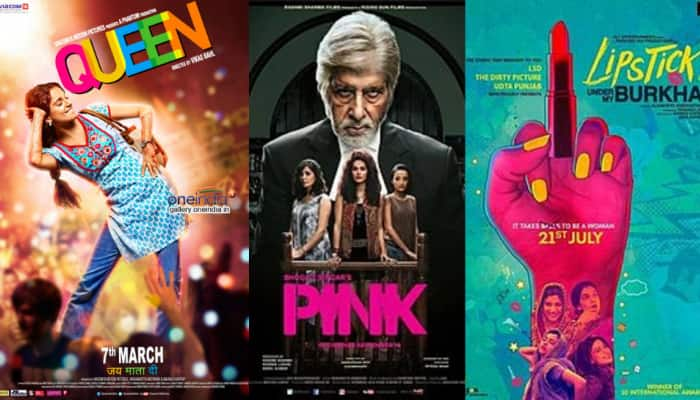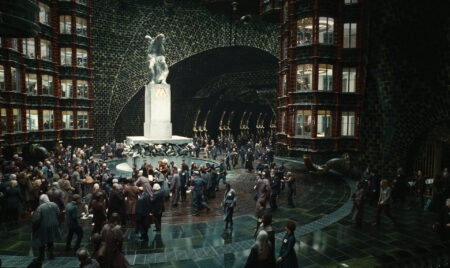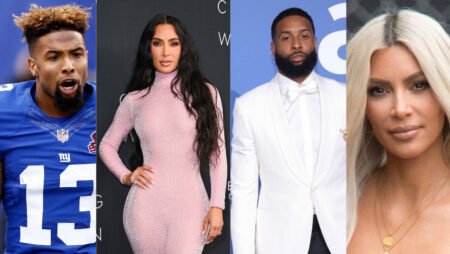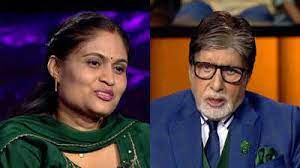Source: Representation of Women in Bollywood
The “love interest” existing just to enable the Hero’s journey
Hero, heroine, and action! Typical ingredients for a blockbuster movie. Does it come with a plot/storyline? Definitely yes. Is the plot based on the hero’s quest for freedom, stardom, success, or self-actualization, or is the hero the savior, leader, underdog, or even a social pariah? Mostly yes. What do we find the women in such movies doing? Aiding the lead’s character development, as the female lead or the so-called love interest helps the hero fulfill his purpose, more often than not women in Bollywood find themselves tied down in such roles and characters.
Awaited with bated breath was Brahmāstra: Part One – Shiva, the newest, hottest release on the block, while we were stricken with the grandeur of the fantasy genre, special effects, the mythological structure, I was confounded with the same old trope of a hero on a mission with his side kicks being replaced by the heroine only to assist his evolution.
Watching Brahmāstra reminded me of all the movies I have noticed this trend in, Shamshera, Liger, Jaysebhai Jordaar, Kabir Singh, Tamasha, Rockstar, and Tiger Zinda Hai, to name a few. No one remembers the female leads of such movies for their meaty roles or well-developed personalities, but they have a special place in item numbers, love songs, and credits. BRAHMĀSTRA movie REVIEW | Sucharita Tyagi
I was first introduced to the word ‘love interest’ through celebrity interviews and when I stumbled upon AIB’s parody video, The Bollywood Diva Song got me thinking that any Bollywood masala movie or for that matter an attempted serious genre as well had women portrayed as one of the three archetypes; the ‘i will change him’ heroine, the Poo bani Parvati narrative, the objectified sex symbol, there may exist many versions of these, the essence of an unchanging perspective is unwavering. These second-in-lead roles seem interchangeable, and nobody would bat an eye for the sole reason that it doesn’t require a specific skill set but only a conventionally beautiful female form. We can’t imagine Rockstar without Ranbir or Dabangg without Salman but the same cannot be said about the women in these films.

Source: misogyny-and-erotic-pleasure-in-bollywoods-item-numbers
Bollywood fails the Bechdel test
While one could argue the need to establish only the main character of lets say a Dabangg, a Main tera hero, a Roy, since the story is about that one specific male hero, it doesn’t dissuade the fact that the heroine is reduced to being his love interest, despite being the reason he picks up a fight or goes out to change the order of things if at all, she lacks any autonomy; in some movies, her universe revolves around him and the only screen time female leads get is spent obsessing over him. And this phenomenon is so prevalent that it can be detected using the Bechdel test, devised by American cartoonist Alison Bechdel, it has been used to measure the female representation in Hollywood movies. How? It has three elementary criteria; one, a film has to have at least two female characters in it, two, at some point they talk to each other, and three, they talk about something other than men, and not many Bollywood movies sail through. Although it isn’t a very accurate test, it does enough to reel your eyes away from the action and steer it towards the missing narrative. Hindi cinema and the Bechdel test
Any type of art is a reflection of society, while all genres of movies exist in the cinematic metaverse, movies, where the second-in-lead has no agency of her own, seem to stay relevant and widely accepted. We are all products of a patriarchal society and we unintentionally mirror that in our craft; a woman’s identity tethered to a man, her hero, her knight in shining armor, is a fallacy we are slowly trying to unlearn and our movies have started to reflect that. A different genre of women-centric movies exists in Bollywood, it might not have entered the 100 crore club yet, but it sure has made a mark. Female directors have taken center stage to deliver a sensitized, relatable, more nuanced worldview ( Raazi by Meghna Gulzar, Dear Zindagi by Gauri Shinde, A Death In The Gunj by Konkona Sen Sharma, Lipstick Under My Burkha by Alankrita Shrivastava).

Source: women-centric movies
Every time I return having watched a movie where the female perspective is MIA (read missing in agency), I fondly replace it with Sucharita Tyagi’s women telling women stories’ dance and I am patient for yet another day of angst-ing it out.
Read more: Movies on womanhood













